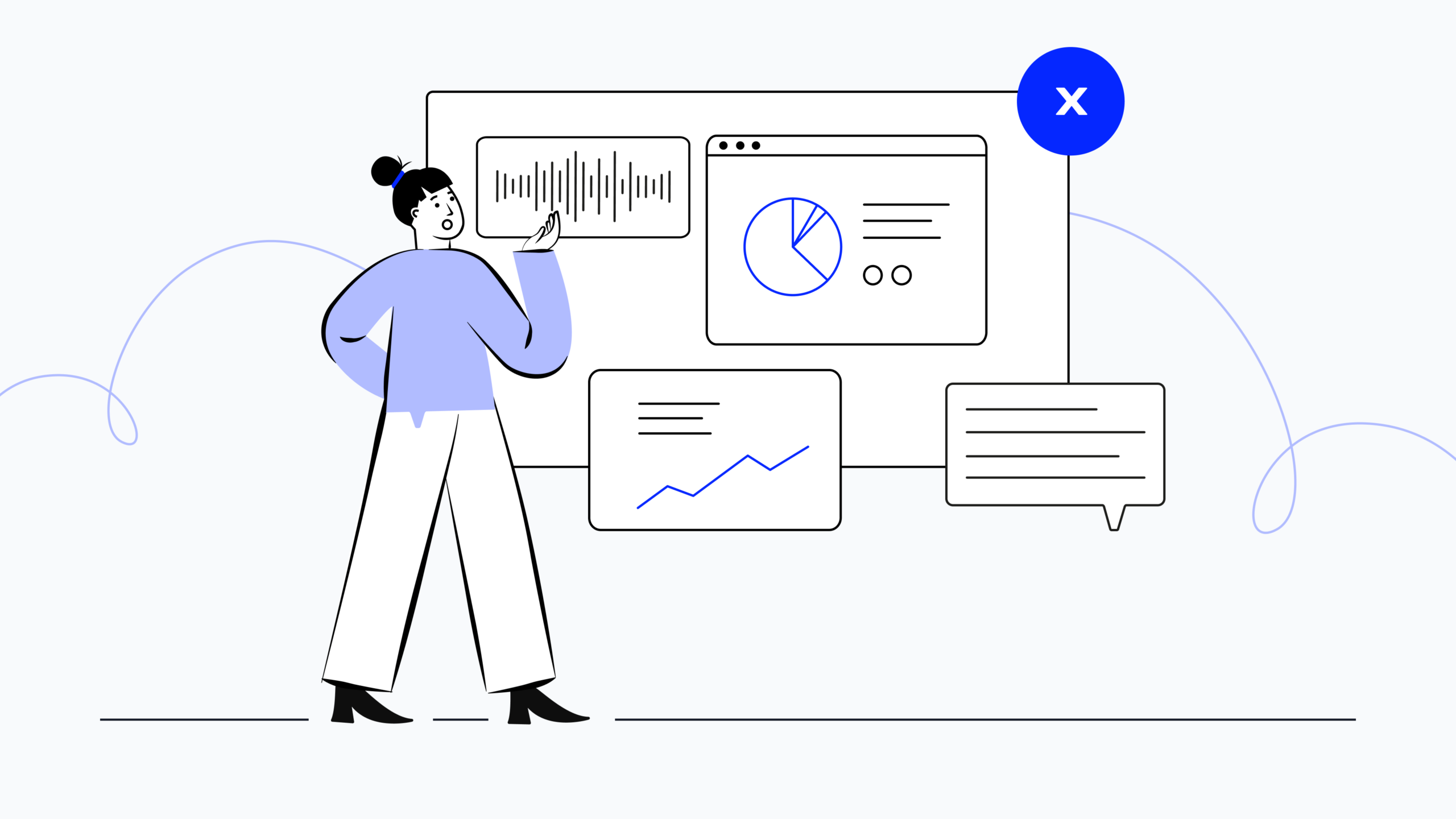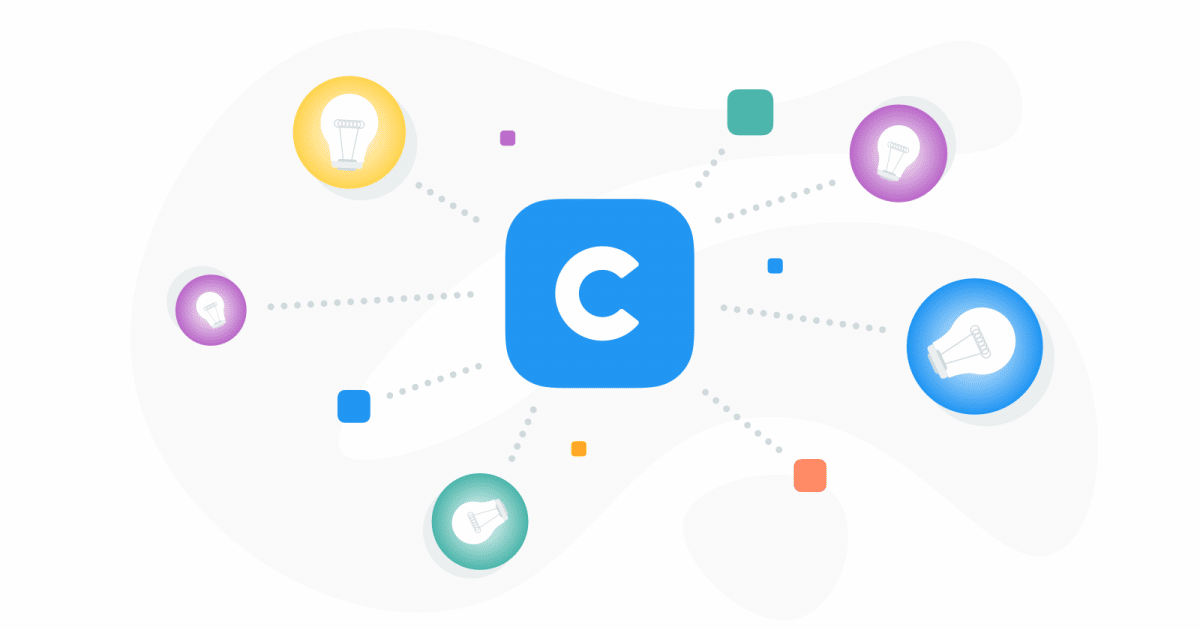
Ever had to repeat your problem to five different people at the same company? You’re not alone. A staggering 79% of customers now expect consistent interactions across departments.* But here’s the lowdown –only 30% of businesses are confident they can deliver this.*
This is where multichannel platforms can help. These platforms are changing the game, allowing companies to provide seamless service whether you’re tweeting, calling, or sending a carrier pigeon.
But what’s the secret that makes these systems tick? Let’s pull back the curtain and explore the key features that are revolutionizing customer service:
Key Takeaways:
- Multichannel contact centers integrate various communication platforms, allowing businesses to meet customers on their preferred channels.
- Key features of multichannel platforms include unified agent interfaces, intelligent routing, real-time analytics, and CRM integration.
- Multichannel differs from omnichannel in terms of channel integration, data sharing, and overall customer experience.
- Benefits include improved customer satisfaction, increased efficiency, better resource allocation, and enhanced data collection.
- Best practices for implementation involve assessing needs, choosing the right technology, training teams, and continuous monitoring and optimization.
Try 14 days for free and then enjoy 50% off your first month!
Multichannel Contact Center Under The Microscope
Let’s explore the pieces of a multichannel call center:
Voice Phone Calls (VoIP)
Voice calls remain a cornerstone of customer engagement. VoIP technology enhances call quality and flexibility.
Interactive Voice Response (IVR)
IVR systems guide callers through menu options, improving efficiency and reducing wait times.
Email Messages
Email support allows for detailed, documented communication. It’s ideal for complex issues requiring thorough explanations.
Website Live Chat
Chat offers instant support on your website. It’s perfect for quick queries and real-time problem-solving.
Social Media
Social platforms enable public and private customer interactions. They’re crucial for brand reputation management.
Text Messaging (SMS)
SMS support provides convenient, on-the-go assistance. It’s great for brief updates and reminders.
Try CloudTalk’s conversation intelligence
Omnichannel vs. Multichannel Contact Center
While similar, an omnichannel contact center is different from its multichannel counterpart.
A multichannel approach offers multiple communication channels that operate independently, potentially leading to varied customer experiences across platforms. In contrast, an omnichannel strategy fully integrates all channels, providing a seamless and consistent customer journey.
While multichannel focuses on optimizing individual channels, omnichannel prioritizes a holistic customer experience, with unified data sharing and a fluid transition between touchpoints.
Let’s take a closer look:
Aspect
RingCentral
CloudTalk
Channel Integration
Separate channels
Fully integrated channels
Customer Experience
Varies by communication channel
Consistent across channels
Data Sharing
Limited between channels
Seamless across all channels
Agent View
Channel-specific information
Holistic customer view
Customer Journey
May require channel switching
Fluid across all channels
Technology Focus
Channel optimization
Overall experience optimization
Complexity
Moderate
High
Benefits of Multichannel Communications
Why are businesses scrambling to implement multichannel solutions? Well, let us paint you a picture:
A customer starts browsing your website on their smartphone during their morning commute. Later, they shoot off a quick question via live chat from their office computer. By evening, they’re following up with a phone call from home.
But presence isn’t the only benefit from multichannel. From skyrocketing efficiency to customer satisfaction that’ll make your competitors green with envy, the advantages are as diverse as the channels themselves.
Take a look:
- Deliver Seamless Experiences: By meeting customers on their preferred platforms, you’re speaking their language. Whether it’s a Gen Z customer who prefers quick text exchanges or a baby boomer who values a phone conversation, a multichannel customer experience platform ensures you’re accessible to all.
- Boost Your Efficiency: Streamlining operations across multiple channels isn’t just good for customers—it’s great for your bottom line. With integrated systems, agents can handle queries from various channels without constantly switching tools.
- Unlock Customer Insights: Each customer interaction is a goldmine of information. Multichannel contact centers allow you to gather insights from various touchpoints, creating a comprehensive view of your customer’s journey.
- Optimize Your Resources: With real-time analytics across channels, you can optimize staffing based on demand. If you notice a spike in web chat queries during certain hours, you can allocate more agents to that communication channel.
- Delight Your Customers: Providing flexible, convenient support options is a surefire way to boost satisfaction. Customers appreciate the ability to choose how they interact with your brand.
- Elevate Your Brand: In an era where customer experience can make or break a brand, demonstrating a commitment to customer engagement is crucial. Offering multichannel support shows that you’re modern, adaptable, and customer-centric.
Claim Your 50% Discount Now!
Key Features of a Multichannel Contact Center Platform
Customer needs are always changing. To stay ahead, you need flexible tools. That’s where multichannel contact centers shine.
These platforms are the heart of modern customer service. They let your team handle everything from phone calls to social media posts in one place.
Let’s look at the key features that give top contact centers their edge:
- Unified Agent Interface: Picture a cockpit where your agents can navigate all customer interactions. This centralized dashboard streamlines channel management, allowing agents to switch seamlessly between email, web chat, and phone calls. It’s like having a universal remote for customer communication, reducing agent stress and improving response times.
- Intelligent Routing: Think of this as your contact center’s air traffic control. It directs customer queries to the most appropriate agent based on skills, availability, and channel. For instance, a complex technical query might be routed to a senior support engineer, while a billing question goes to the finance team. This ensures efficient problem-solving and reduces customer frustration.
- Real-time Analytics: This is your contact center’s vital signs monitor. It provides instant insights into performance across all channels, allowing managers to make data-driven decisions on the fly. You can spot trends, identify bottlenecks, and adjust staffing in real-time, ensuring your contact center runs like a well-oiled machine.
- CRM Integration: Imagine if your agents had a crystal ball showing each customer’s history. CRM integration makes this a reality, providing agents with a 360-degree view of the customer. From past purchases to previous issues, this information is at their fingertips, enabling personalized and efficient service.
- Automated Responses: Think of this as your tireless digital assistant. It handles routine queries efficiently, freeing up your human agents for more complex issues. From FAQs to order status updates, automated responses can handle a significant portion of customer inquiries, improving response times and reducing costs.
- Quality Assurance Tools: These are the guardians of your service standards. They include features like call recording, screen capture, and performance scorecards. Managers can use these tools to monitor interactions, provide targeted coaching, and ensure consistency across all channels.
- Customizable Reporting: This is your contact center’s report card. It allows you to track the KPIs that matter most to your business. Whether it’s first call resolution, customer satisfaction scores, or channel preference trends, customizable reporting helps you measure success and identify areas for improvement.
Best Practices for Setting Up a Multichannel Contact Center
Imagine you’re a customer support manager tasked with modernizing your company’s contact center.
You know the importance of meeting customers where they are, but the prospect of juggling multiple channels seems daunting.
Fear not! Let’s walk through the process together, with some practical tips along the way.
1. Assess Your Needs: The Customer-Centric Detective
Start by playing detective. Dive into your customer data like a seasoned investigator. Which channels are your customers using most? Are there any gaps in your current offering?
Tip: Survey your customers directly. You might be surprised by their preferences. For instance, Sarah discovered that while her team focused on phone support, a significant portion of their younger demographic preferred live chat support.
2. Choose the Right Technology: The Integration Maestro
Now, it’s time to find a platform that can orchestrate all these channels seamlessly. Look for a solution that not only covers your required channels but also integrates with your existing tools.
Tip: Don’t just focus on current needs. Consider future scalability. You may choose CloudTalk because it offered easy integration with their CRM and the flexibility to add new channels as needed.
3. Train Your Team: The Multichannel Virtuosos
Your agents are about to become multichannel virtuosos. Equip them with the skills to navigate different platforms effortlessly.
Tip: Create different channel playbooks. For example, develop quick reference guides for handling tone and response times across different channels. Remember, the cheery emoji that works well in chat might not translate to a formal email.
4. Implement Coherent Policies: The Consistency Conductor
Consistency is key in a multichannel environment. Your customers should receive the same quality of service, whether they’re tweeting or calling.
Tip: Develop a unified style guide. Sarah created a comprehensive document outlining language use, problem-solving approaches, and escalation procedures for each channel. This ensured a harmonious customer experience across all touchpoints.
5. Monitor and Optimize: The Data-Driven Maestro
Your multichannel or omnichannel contact center is live, but the journey doesn’t end here. Regular analysis and optimization are crucial for long-term success.
Tip: Set up weekly review sessions. You and your team can gather every Friday to review channel performance, discuss challenges, and share wins. This not only improves the strategy but also fosters a culture of continuous learning.
Go From Frazzled to Fantastic with CloudTalk’s Unified Communication Platform
Remember that frustrated customer from earlier, bouncing between departments like a pinball? Well, with multichannel comms they just became your biggest advocate.
But remember, multichannel isn’t just about being everywhere your customers are –it’s about creating a seamless experience that turns frustration into satisfaction.
As we’ve seen, from unified interfaces to intelligent routing and real-time analytics, these platforms are packed with features designed to streamline operations and delight customers.And the real magic happens when all these elements come together in a unified communications platform. With CloudTalk, your support team can anticipate needs, understand your customer’s needs, and thrive in a hyperconnected world.
Our multichannel solution is here to transform your customer interactions, and it’s time for you to answer that call.
Source:
Help more customers with CloudTalk—AI calling for contact center growth growth.

















